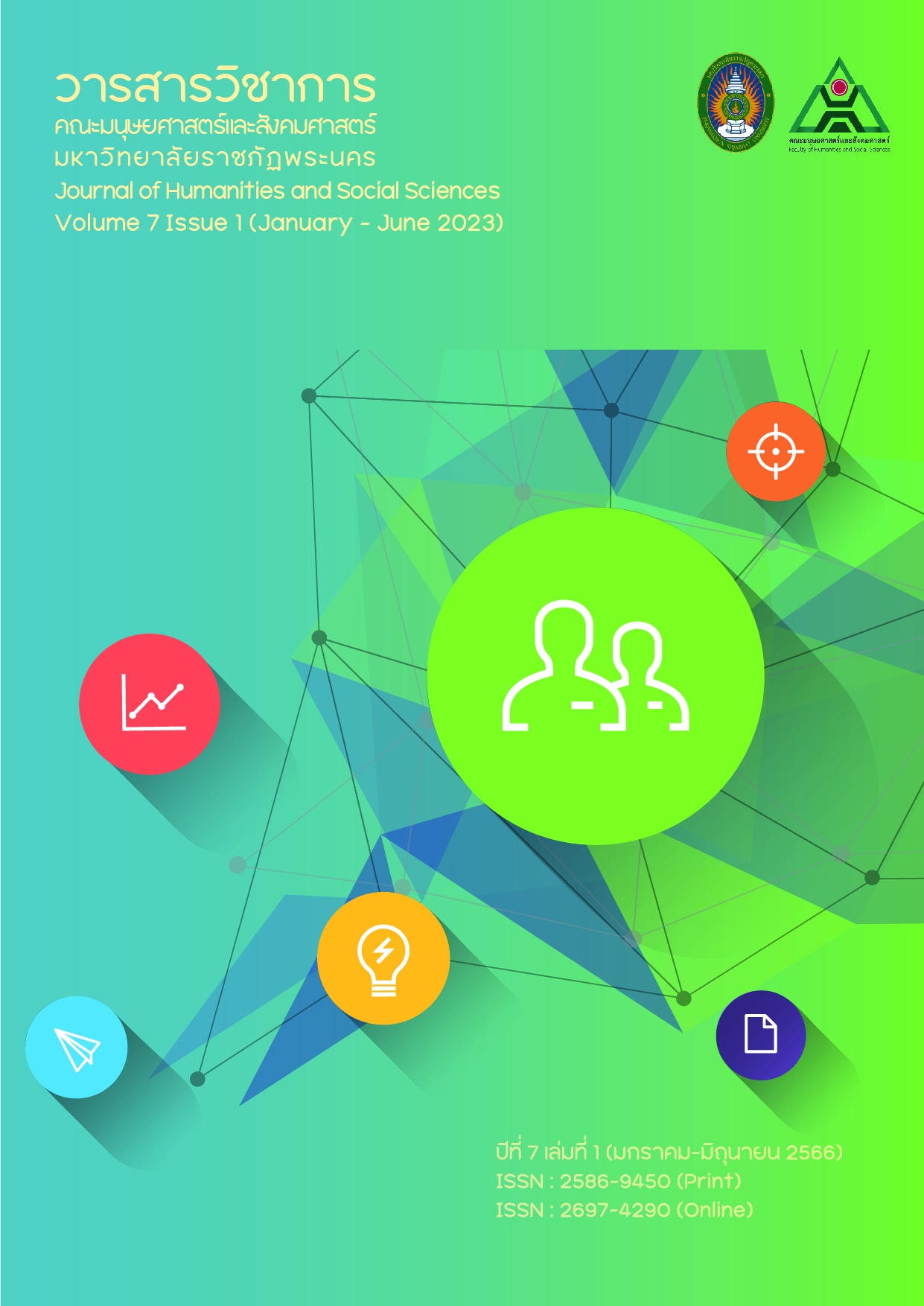ภูมิทัศน์การออกแบบประสบการณ์ผู้ใช้
Main Article Content
บทคัดย่อ
ภูมิทัศน์การออกแบบประสบการณ์ผู้ใช้ (User Experience Design Landscape) เป็นขอบเขตการทำงานของบุคลากรด้านการออกแบบประสบการณ์ผู้ใช้ ซึ่งมักจะนิยมเรียกว่า “UX” (User Experience Design) ที่มีบทบาทในกระบวนการออกแบบประสบการณ์ขั้นต่าง ๆ ซึ่งแต่ละส่วนมีความสำคัญในออกแบบและพัฒนาผลิตภัณฑ์ ตั้งแต่ขั้นเริ่มการวิจัยผู้ใช้ การออกแบบสารสนเทศ การออกแบบประสบการณ์ผู้ใช้ การออกแบบส่วนประสานงานผู้ใช้ ไปจนถึงการทดสอบแนวคิด หรือการทดสอบผลิตภัณฑ์ และดูเหมือนว่ากระบวนการ UX จะเรียงขั้นตอนต่อกันเป็นเส้นตรงจากต้นจนจบ แต่ในการทำงานจริงพบว่าการออกแบบเพื่อแก้ปัญหาผู้ใช้ตามขั้นตอนต่าง ๆ ไม่ได้เรียงลำดับเป็นเส้นตรงจากต้นจนจบเพียงครั้งเดียว แต่พิจารณาจากผลของการแก้ปัญหาทุกขั้นตอน และทำงานวนซ้ำขั้นตอนต่าง ๆ หลายครั้ง เพื่อพัฒนาแนวทางแก้ปัญหา หรือทางเลือกที่ดีที่สุดสำหรับกลุ่มเป้าหมายหรือผู้ใช้ โดยภูมิทัศน์การออกแบบประสบการณ์ผู้ใช้ ประกอบด้วยพื้นที่สำคัญได้แก่ 1) พื้นที่ของผู้ใช้ โดย UX มีบทบาททำการวิจัยผู้ใช้ ทำความเข้าใจผู้ใช้งานในหลาย ๆ มิติ ซึ่งสิ่งสำคัญคือการตีโจทย์ปัญหาให้ถูกต้องก่อนที่จะเกิด “แนวคิด” ใหม่ๆ ขึ้นมาได้ 2) พื้นที่ข้อมูล ซึ่ง UX มีบทบาทในการออกแบบสารสนเทศ เพื่อจัดกลุ่มข้อมูลและหาวิธีแสดงข้อมูลให้เพื่อแสดงข้อมูลที่สำคัญให้ผู้ใช้เข้าใจได้ง่าย 3) พื้นที่การออกแบบ บทบาทของ UX ส่วนนี้มีทั้งการออกแบบประสบการณ์ผู้ใช้ และการออกแบบส่วนประสานงานผู้ใช้ ไปจนถึงการทดสอบในขั้นต่าง ๆ เพื่อให้ได้ประสบการณ์ที่ดีที่สุดก่อนที่จะถูกส่งไปยังนักพัฒนาเพื่อสร้างผลิตภัณฑ์จากการเขียนชุดคำสั่งต่าง ๆ ต่อไป
Article Details
เอกสารอ้างอิง
Chanchan, W. & Mangkang, C. (2021). Innovative LearningFor Technology The Virtual RealityTo
Future Social Studies Online Classroom. HUSO Journal of Humanities and Social
Sciences Phranakhon Rajabhat University, 5(2), 291.
D.school. (2009, Sep). Design Thinking Process. in d.school at Stanford University, Thinking
Bootcamp Bootleg. (pp. 1-47). https://dschool.stanford.edu/resources/the-bootcamp
bootleg
Jantarothai, N. (2022). User Experience Design Of Touring Rally Activity Checkpoint
By Application With Design Thinking Process. In Proceedings of the 15th
National Academic Conference of Research Networks of Higher Education Institutions
Nationwide, Srinakharinwirot University, 1,060-1,075
K Baxter, C Courage, K Caine. (2015). Understanding your users: a practical guide to user
research methods. Morgan Kaufmann; 2nd edition, United States. 99-104
Norman, D. (1990). The Design of Everyday Things. New York City, Doubleday Business.
Ratsameechot, B. (2018). Re-purchase through online marketing channel on Lazada
website of the consumers in Samut Sakhon Province. HUSO Journal of Humanities
and Social Sciences Phranakhon Rajabhat University, 2(2), 14.
Soegaard, M (2018). design thinking is an iterative and Non-linear process. by Interaction Design
Foundation. The Basics of user experience design. (pp. 1-73). https://www.socialsavvi.com/ wp-content/uploads/2018/10/The-Basics-of-user-experience-design.pdf
Voss, G. B., Parasuraman, A., & Grewal, D. (1998). The roles of price, performance, and
expectations in determining satisfaction in service exchanges. Journal of marketing,
(4), 46-61.
Dillon, A. Information architecture in JASIST? J. Am. Soc. Inf. Sci. Technol. 2002,53 (10), 821–823
Wurman, R. S., & Bradford, P. (1997). Information architects. New York: Graphis. Graphis Press:
Zurich, Switzerland.


